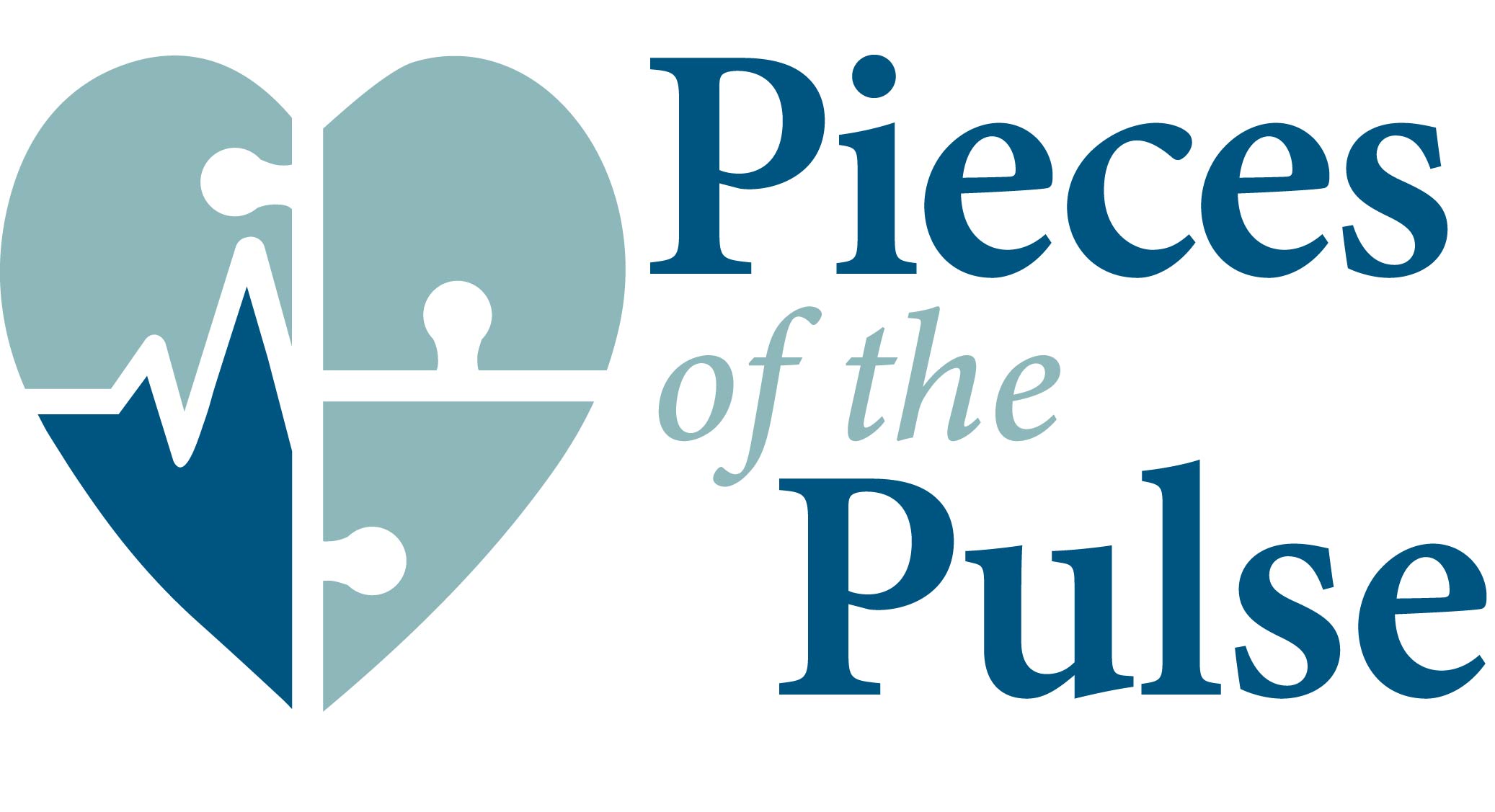Welcome to the forth post in our “7 Steps to a Healthier Heart” series! Over the next few weeks, we’ll dive into simple, science-backed changes you can make to protect your most vital organ; your heart. Heart disease remains the #1 cause of death globally, but the good news is, many of the risk factors are within your control.
Sarah Bush Lincoln Cardiologist B. Lakshmi, MD, explains how to prevent a heart attack, highlights the best noninvasive screenings to assess heart risk and emphasizes the importance of family history in heart disease.
Treat Hypertension
Until 2013, a reading of 140/90 was considered normal. However, studies comparing this benchmark to the now widely accepted 120/80 standard found that individuals with lower readings experienced fewer complications. These findings led to a revision of what is considered a healthy blood pressure range, and influenced guidelines on when treatment should begin.
Treatment for high blood pressure (hypertension) can include lifestyle changes like improving your diet (such as the DASH or Mediterranean diets in our previous series post) reducing sodium intake, increasing physical activity, quitting smoking, managing stress and maintaining a healthy weight. If these changes aren’t enough, or your blood pressure is high enough to pose a risk, your doctor may recommend medication.
If your blood pressure is regularly elevated, it’s important to talk with your doctor. Early treatment can prevent serious health issues such as heart disease, stroke and kidney damage. You should always talk with your cardiologist, or primary care doctor for more information specific to your health needs.

Please note the information in this blog is not a subsite for medical care. You should always consult your doctor for more details.


Leave a Reply